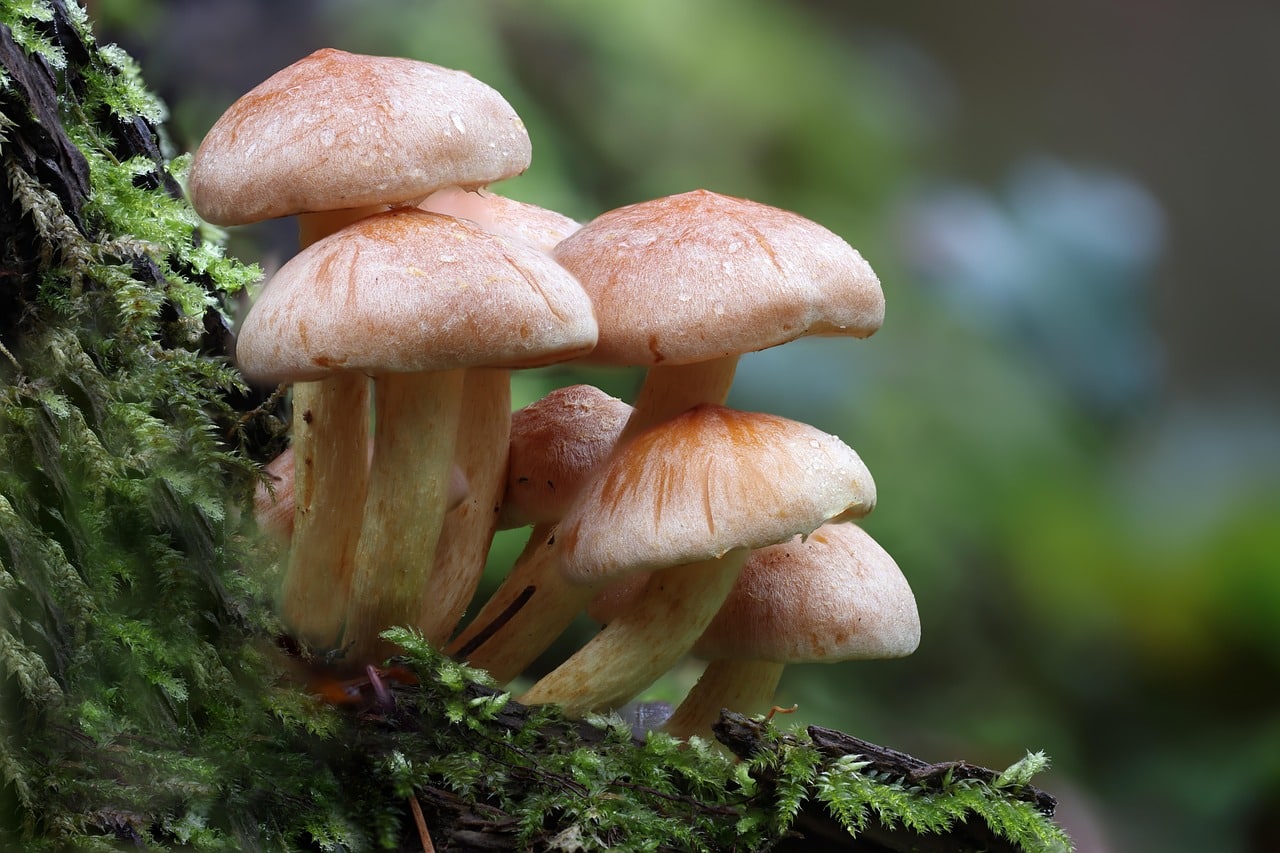 Shutterstock
Shutterstock
Size isn’t everything—just ask the countless tiny creatures quietly keeping the world running. While big animals get the glory, it’s the small ones pulling nature’s invisible levers. From pollination and pest control to soil health and nutrient cycling, these little powerhouses are essential to thriving ecosystems. They may be small, but their impact is massive. Think of them as nature’s unpaid interns—working tirelessly behind the scenes, rarely celebrated, yet holding everything together with zero drama and a whole lot of grit.
Ants
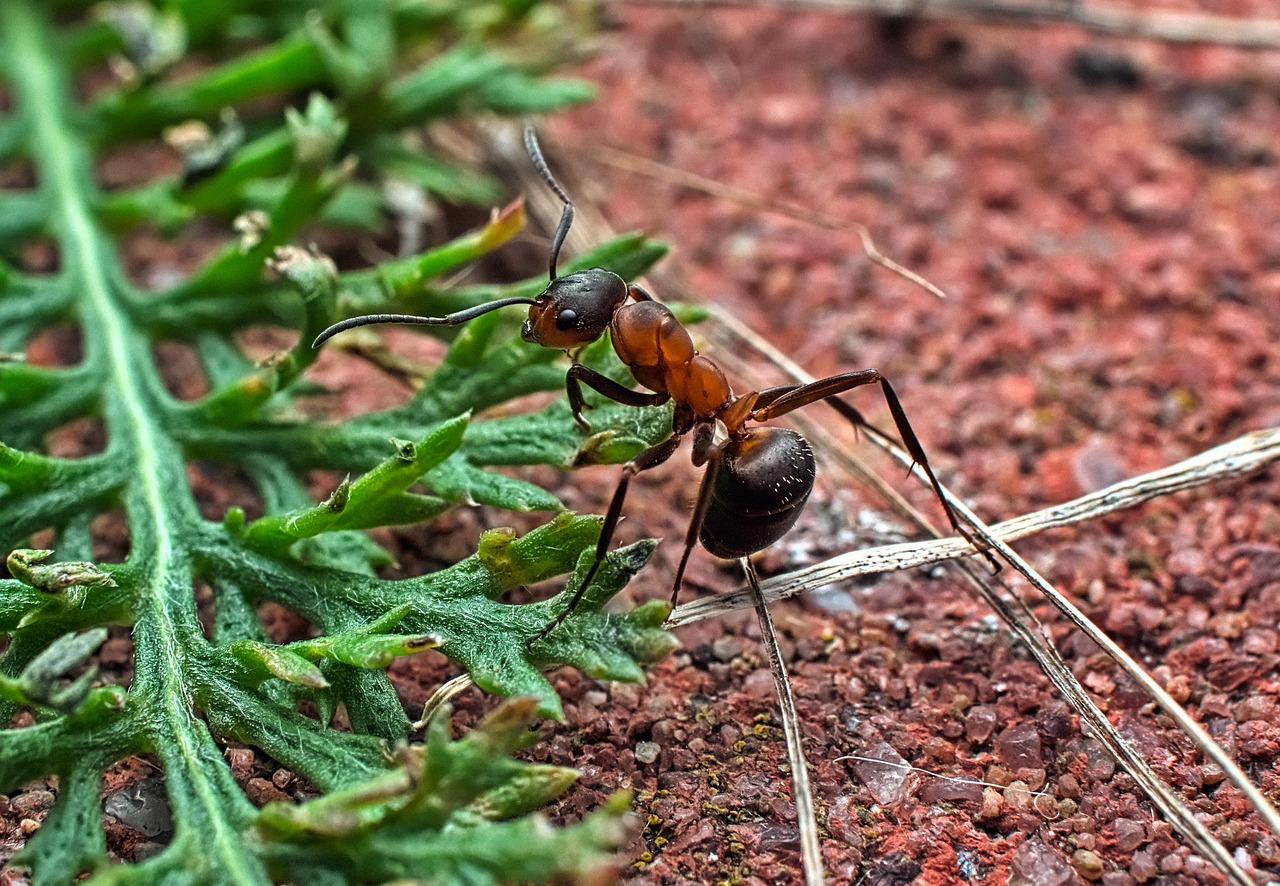 Shutterstock
Shutterstock
Ants may be the original overachievers of the insect world. These tiny workers aerate the soil as they dig, improving water flow and nutrient distribution, which is a big deal for plant life. They also clean up organic material, prey on pests, and act as seed dispersers, especially in forests. Some plants have even evolved to depend entirely on ants for their survival—talk about being team players. If ants are ever unionized, entire ecosystems would have to negotiate terms or risk total collapse.
Bees
 Shutterstock
Shutterstock
Bees are like the unpaid delivery drivers of the natural world, buzzing from flower to flower and accidentally saving entire ecosystems through pollination. They help fertilize about 75% of the world’s flowering plants, including many crops we humans rely on. Without bees, food chains would unravel faster than a teenager’s earbuds. And it’s not just honeybees—bumblebees, solitary bees, and others all chip in to keep nature running on schedule. Basically, without bees, we’d all be in a very pollen-less pickle.
Earthworms
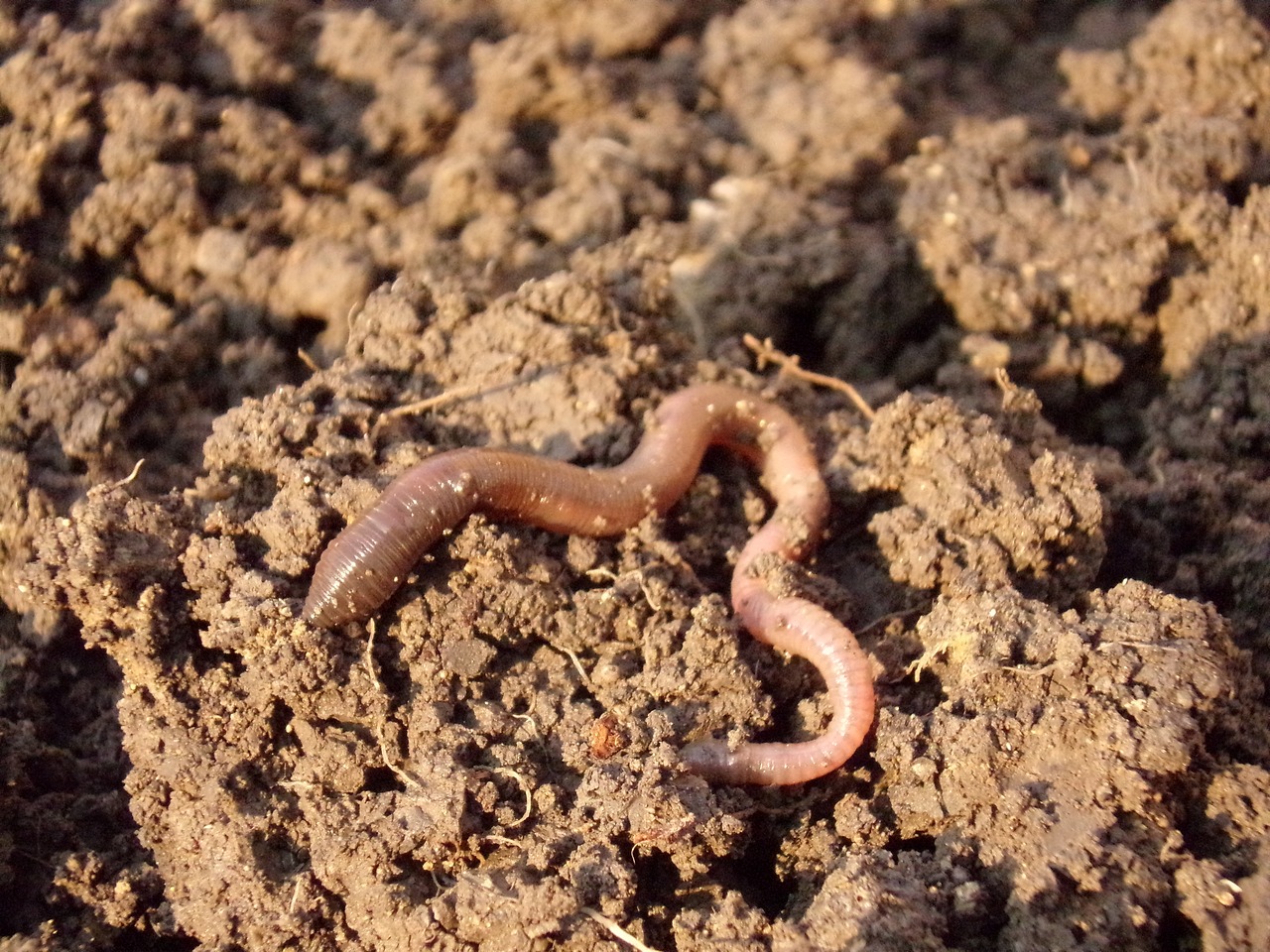 Shutterstock
Shutterstock
Earthworms are the underground engineers of the soil world. As they tunnel through dirt, they mix and aerate the soil, which boosts nutrient availability and improves plant root growth. Their castings (yes, worm poop) are nutrient-rich and act as a natural fertilizer. They break down organic matter, reducing waste and feeding a whole buffet of microorganisms. Earthworms may be squishy and weird-looking, but they’re composting machines with no off switch.
Termites
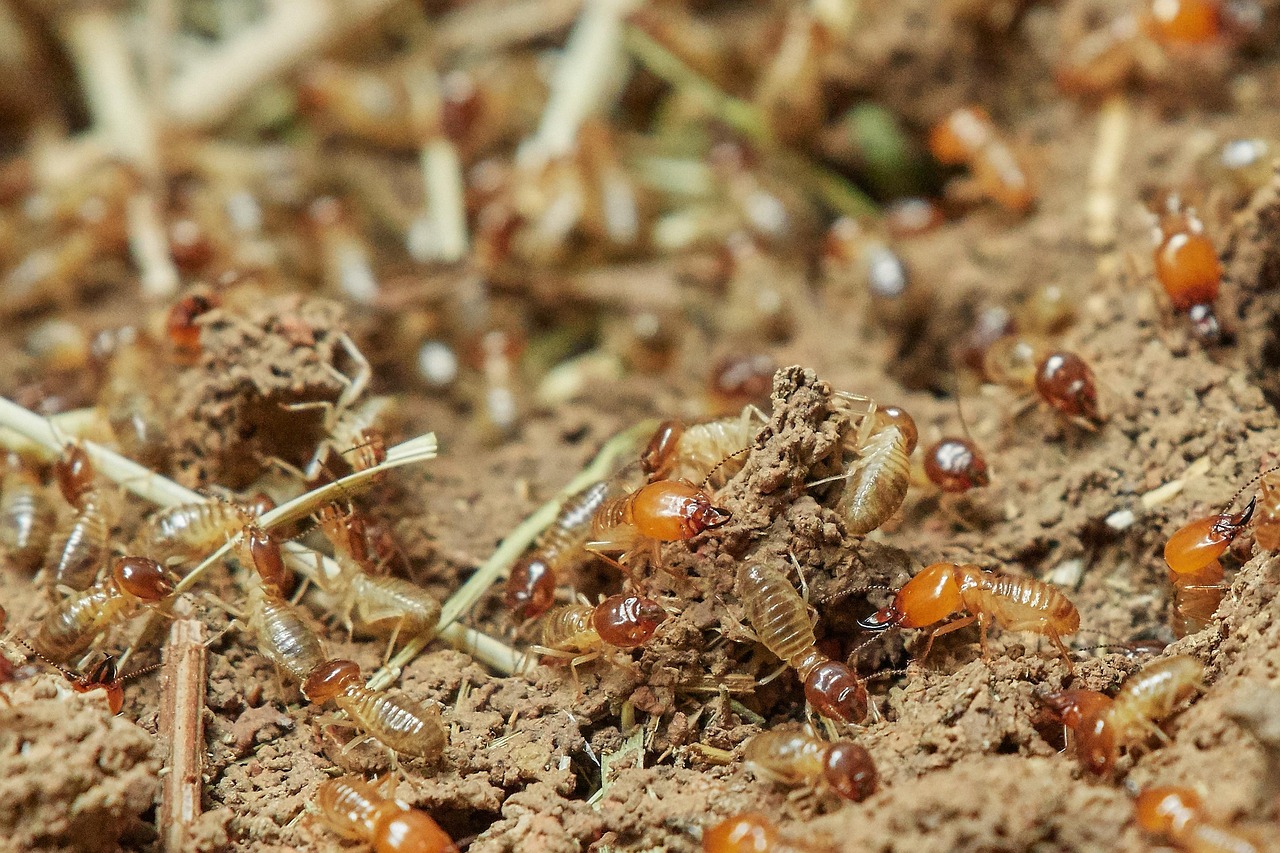 Shutterstock
Shutterstock
Sure, they eat wood and can be homewreckers, but termites are unsung heroes in tropical ecosystems. In the wild, they break down dead plant material like fallen logs and leaves, recycling nutrients back into the soil. Their nests create microhabitats and increase soil fertility, making it easier for new plants to thrive. They’re also an important food source for many animals. So yes, they may chew your deck—but in the wild, they’re nature’s construction crew.
Dung Beetles
 Shutterstock
Shutterstock
Don’t let their questionable hobbies fool you—dung beetles are essential recyclers. By rolling and burying animal poop, they help return nutrients to the soil and reduce parasite populations. This not only keeps environments clean but also benefits plant growth and controls pest infestations. In many cultures, they’re considered sacred for their role in life’s endless cycle. So next time you see one pushing a poop ball, remember: that little bug is an ecosystem janitor with a PhD in multitasking.
Ladybugs
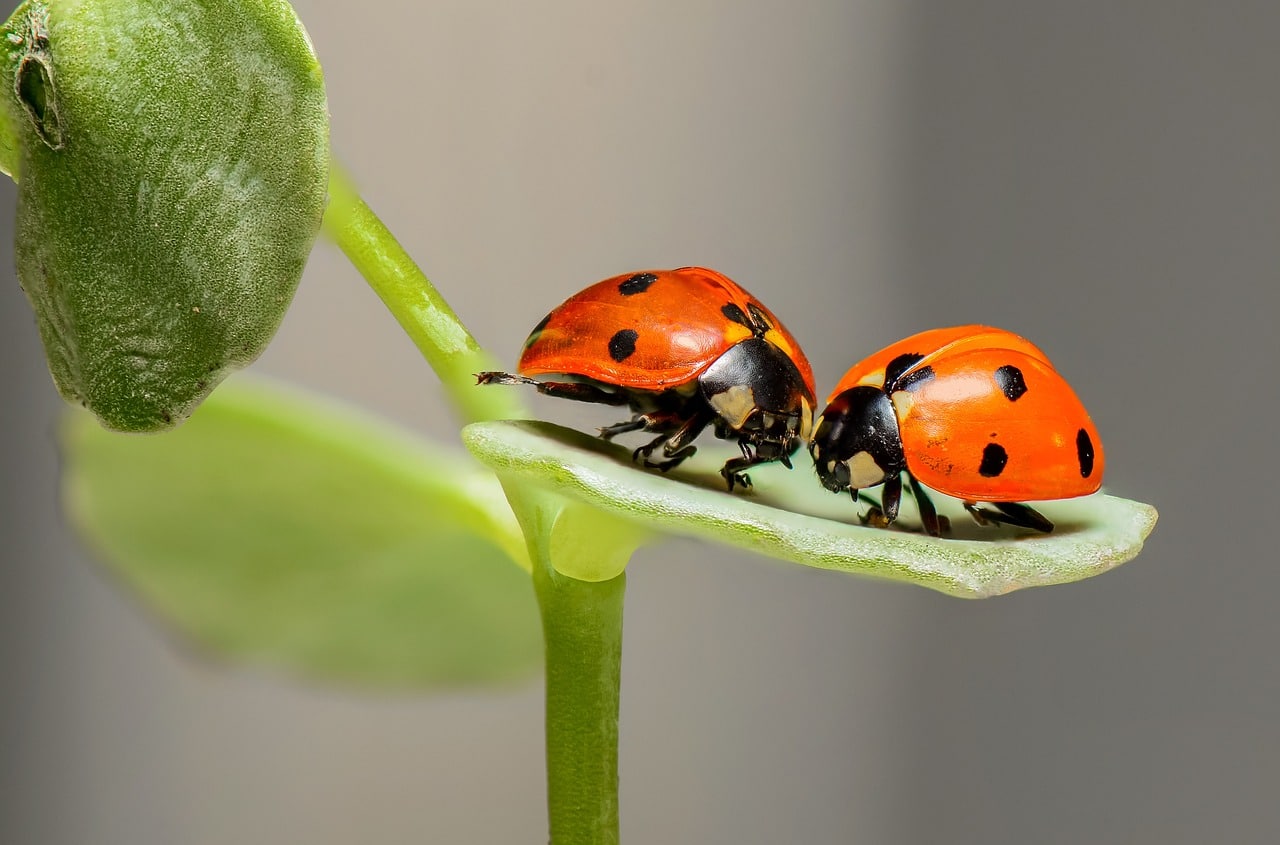 Shutterstock
Shutterstock
They might look cute, but ladybugs are lethal predators in the insect world—especially to aphids and other crop-destroying pests. Farmers and gardeners love these tiny spotted heroes for their natural pest control abilities. One ladybug can eat up to 5,000 aphids in its lifetime. Without them, many plants would be under constant siege by leaf-sucking invaders. Ladybugs are nature’s adorable little assassins with a taste for garden justice.
Fungi (Microscopic Ones)
 Shutterstock
Shutterstock
Okay, technically not animals, but fungal networks—especially mycorrhizal fungi—deserve a shoutout. These microscopic organisms form symbiotic relationships with plant roots, helping them absorb water and nutrients more efficiently. In return, the fungi get sugars from the plants. They also link plants underground through vast networks often called the “Wood Wide Web.” They’re the internet of the forest, and trees are out here tweeting nutrients to each other thanks to fungi.
Bats (Microbats)
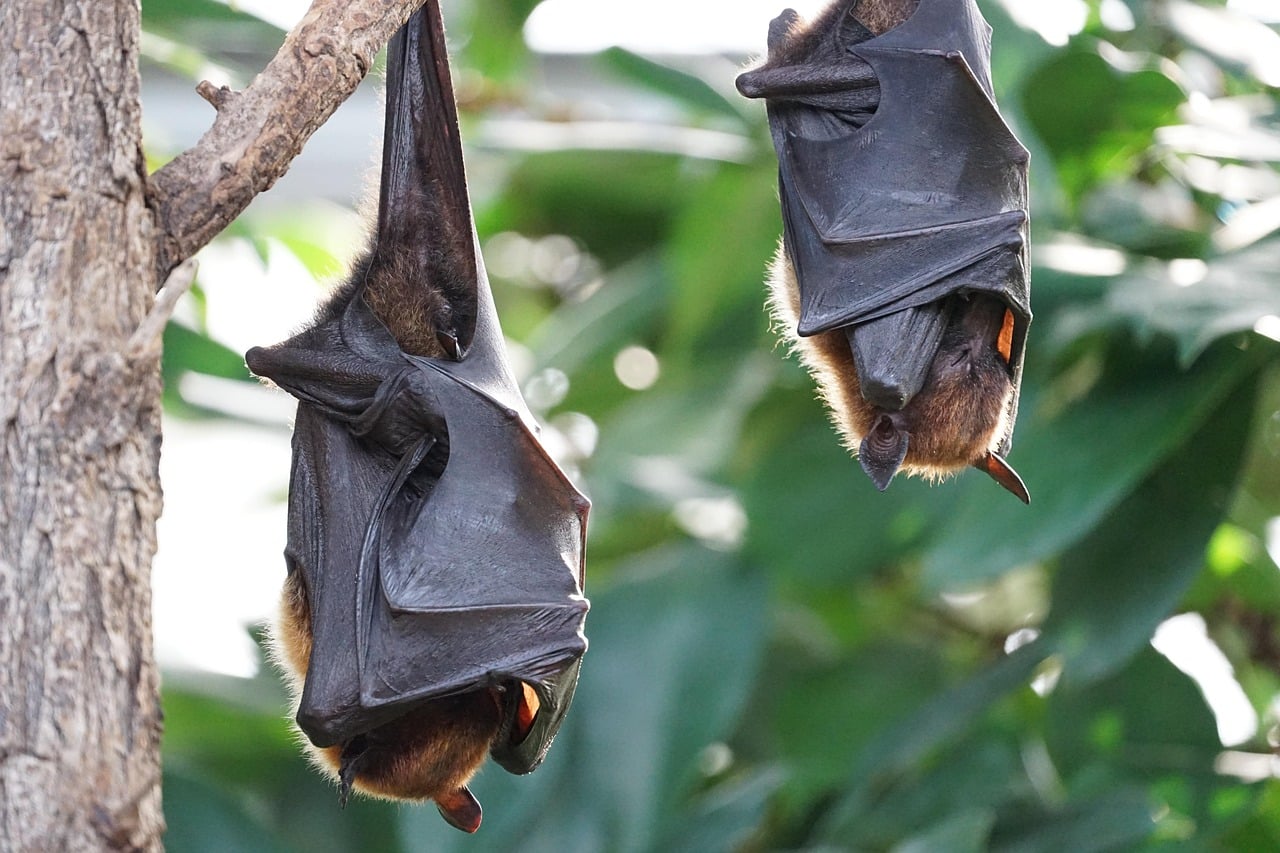 Shutterstock
Shutterstock
Microbats may be small, but they’re insect-eating machines with sonar powers. One bat can consume thousands of mosquitoes and pests in a single night, reducing the need for chemical pesticides. In tropical areas, they also play a huge role in pollination and seed dispersal for fruit-bearing trees. They help forests grow, control pests, and do it all while hanging upside down. Bats are nature’s tiny night-shift workers—silent, winged, and very much underappreciated.
Springtails
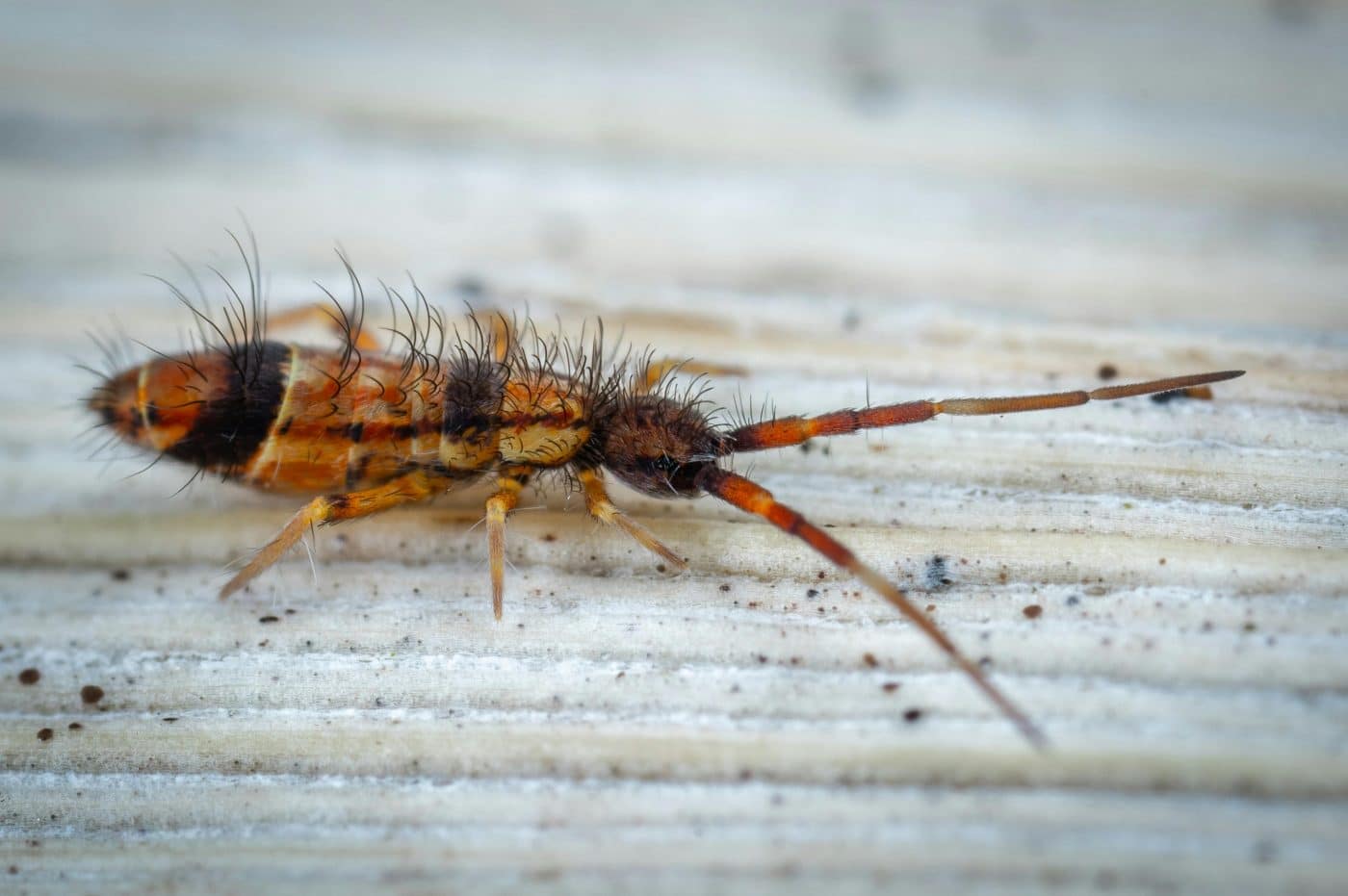 Shutterstock
Shutterstock
Springtails are small soil-dwelling arthropods that are often overlooked—literally, they’re hard to see. But they’re vital in breaking down decaying plant matter and fungi, helping recycle nutrients into the soil. They also help control microbial communities and keep soil healthy and aerated. Think of them as the micro-managers of the dirt world. No springtails, no healthy soil. And no healthy soil, no plants. You see where this is going.
Spiders
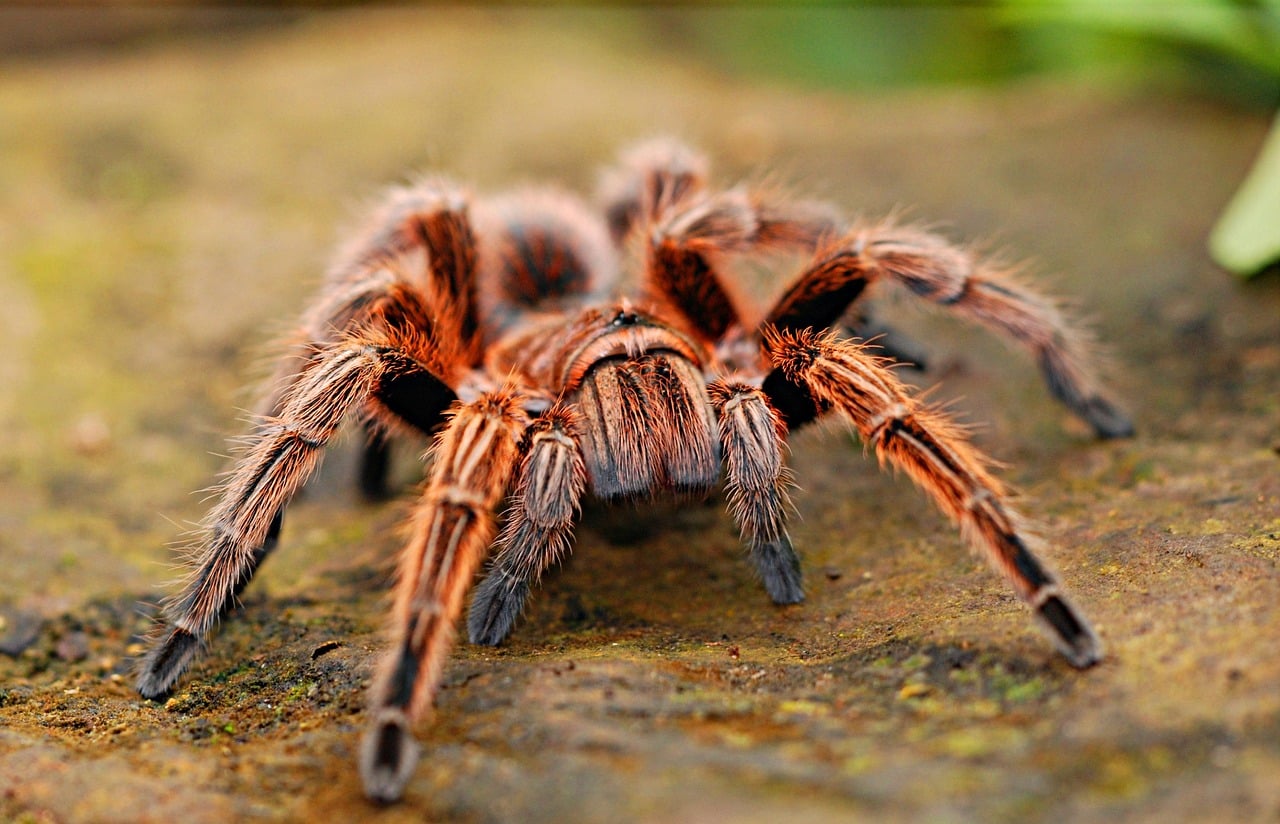 Shutterstock
Shutterstock
Though often met with screams and flying shoes, spiders are some of the best pest controllers on the planet. Even the tiniest of spiders can consume dozens of insects a day, helping keep ecosystems in check. Their webs also trap pollinators’ predators, indirectly supporting plant health. In fields, forests, and even your attic, spiders are doing their part—quietly, creepily, and efficiently. They’re the night shift snipers of pest control.
Coral Polyps
 Shutterstock
Shutterstock
Coral reefs may look like colorful rocks, but they’re built by tiny coral polyps—living creatures that form the foundation of marine biodiversity. These tiny animals build calcium carbonate structures that house thousands of species. Without coral polyps, the entire reef ecosystem would collapse. They also help protect coastlines from erosion and support tourism and fisheries. It’s like a real estate mogul that never moves and builds underwater condos for thousands.
Hoverflies
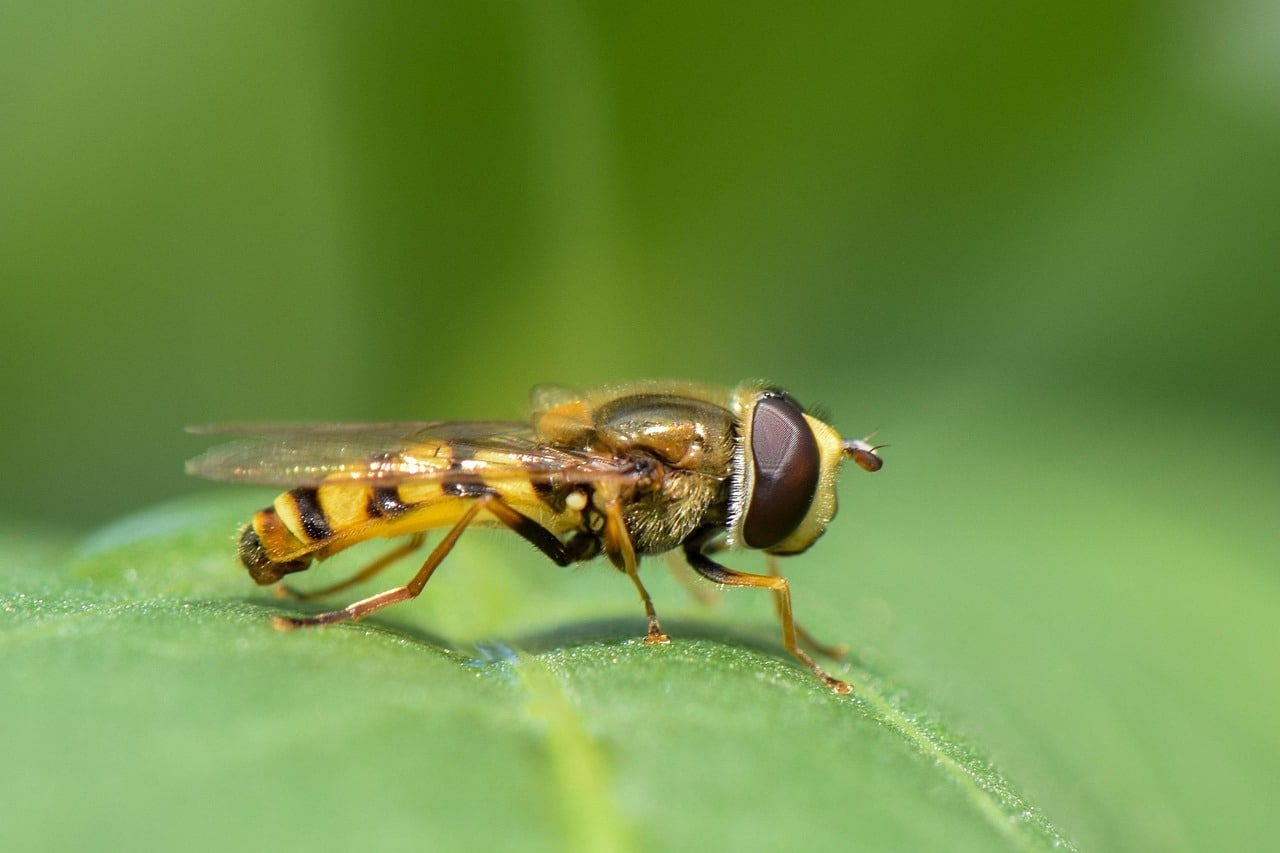 Shutterstock
Shutterstock
Often mistaken for bees or wasps, hoverflies are the unassuming heroes of both pollination and pest control. Their larvae feed on aphids and other soft-bodied pests, making them valuable allies for farmers and gardeners. Adult hoverflies visit flowers for nectar and, in the process, become important pollinators—especially for crops. Their ability to hover like tiny helicopters makes them great at navigating complex flower structures. They’re flying double agents: part pest assassin, part pollination powerhouse.
Woodlice (Pill Bugs)
 Shutterstock
Shutterstock
These roly-poly critters might look like miniature armored tanks, but they’re detritivores—organisms that consume dead plant material. Woodlice help decompose organic matter, returning vital nutrients to the soil and improving its structure. They’re also important food sources for spiders, birds, and small mammals. Plus, they have a built-in defense system: rolling into a ball when threatened, which is as adorable as it is effective. Think of them as the janitorial crew of the forest floor.
Lacewings
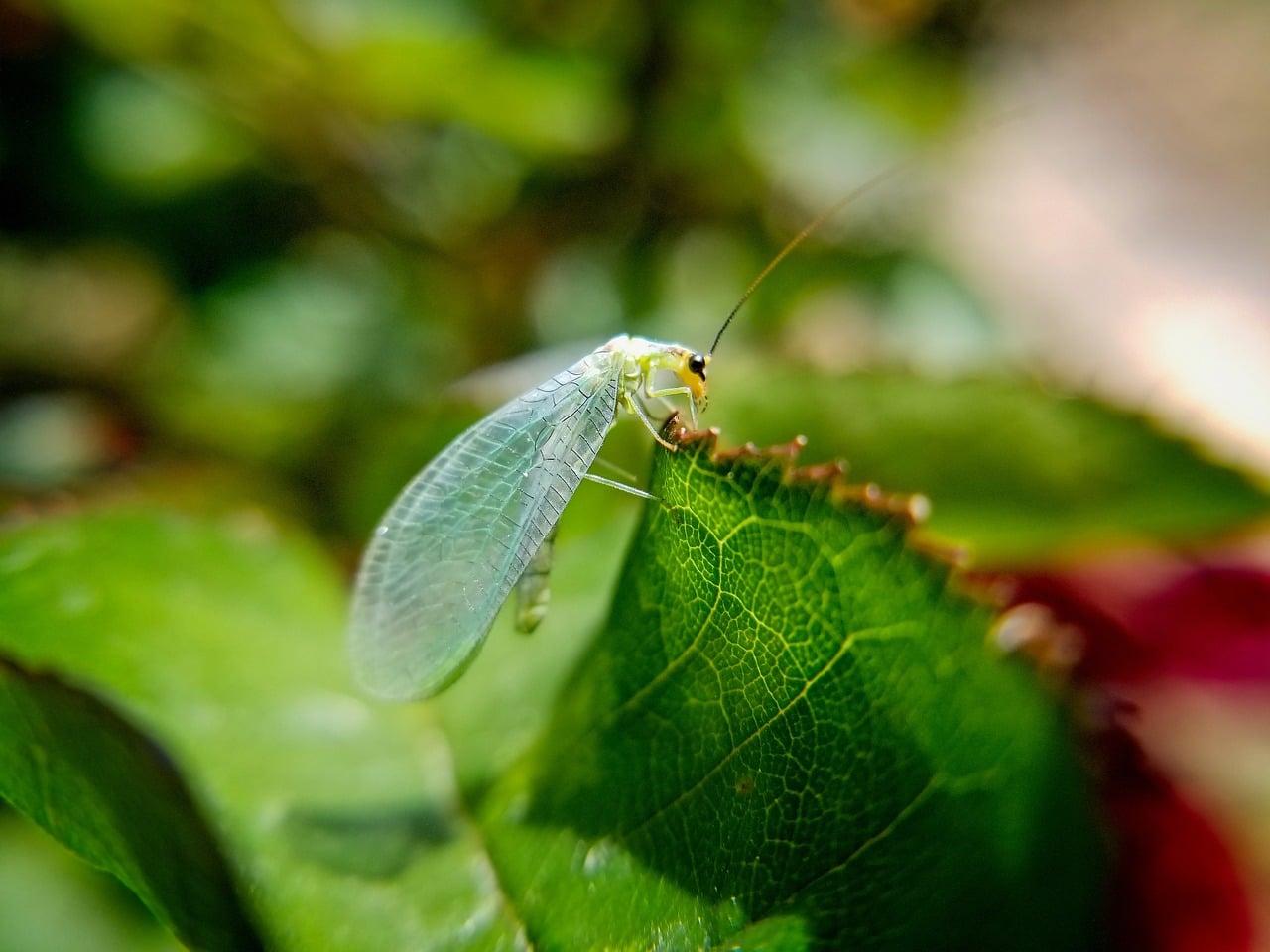 Shutterstock
Shutterstock
Don’t be fooled by their delicate, gossamer wings—lacewings are aphid-munching machines. Their larvae, sometimes called “aphid lions,” are among the most effective natural pest control agents out there. A single lacewing larva can devour hundreds of garden pests in its short life. They’re nature’s pest control squad, quietly cleaning up the leaf buffet before it becomes a disaster. If your tomato plant had a bodyguard, it’d be a lacewing.
Green Algae
 Shutterstock
Shutterstock
Though not animals, these tiny photosynthetic powerhouses kickstart aquatic food chains and pump out oxygen like little chlorophyll factories. Green algae feed countless herbivorous organisms in freshwater and marine ecosystems. They also help regulate nutrient levels and carbon in the water. Plus, they’re a huge part of the reason Earth has breathable air. So next time you see a pond with a green tinge, just say, “Thank you for the oxygen, little buddies.”
Small but Mighty and Ready to Rumble
 MidJourney
MidJourney
The tiny creatures who are nature’s behind-the-scenes VIPs. They may not roar, stomp, or flap dramatically across sunsets, but these mini-marvels are essential to keeping our planet alive, balanced, and thriving. Whether it’s hauling poop, eating aphids, or running the underground fiber-optic forest network, these little guys are doing big work. Next time you see a bug, a blob, or something weird in the dirt—pause and give it a nod. That tiny creature might just be the reason you still have a salad, a forest, or breathable air.

 17 hours ago
3
17 hours ago
3



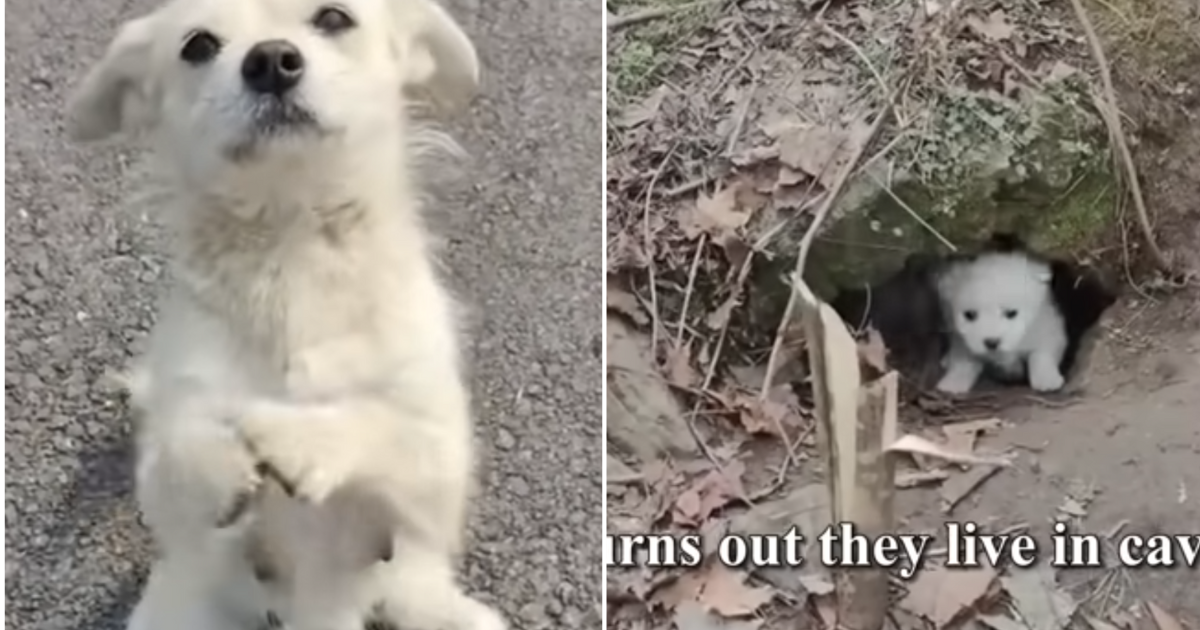














 English (US) ·
English (US) ·